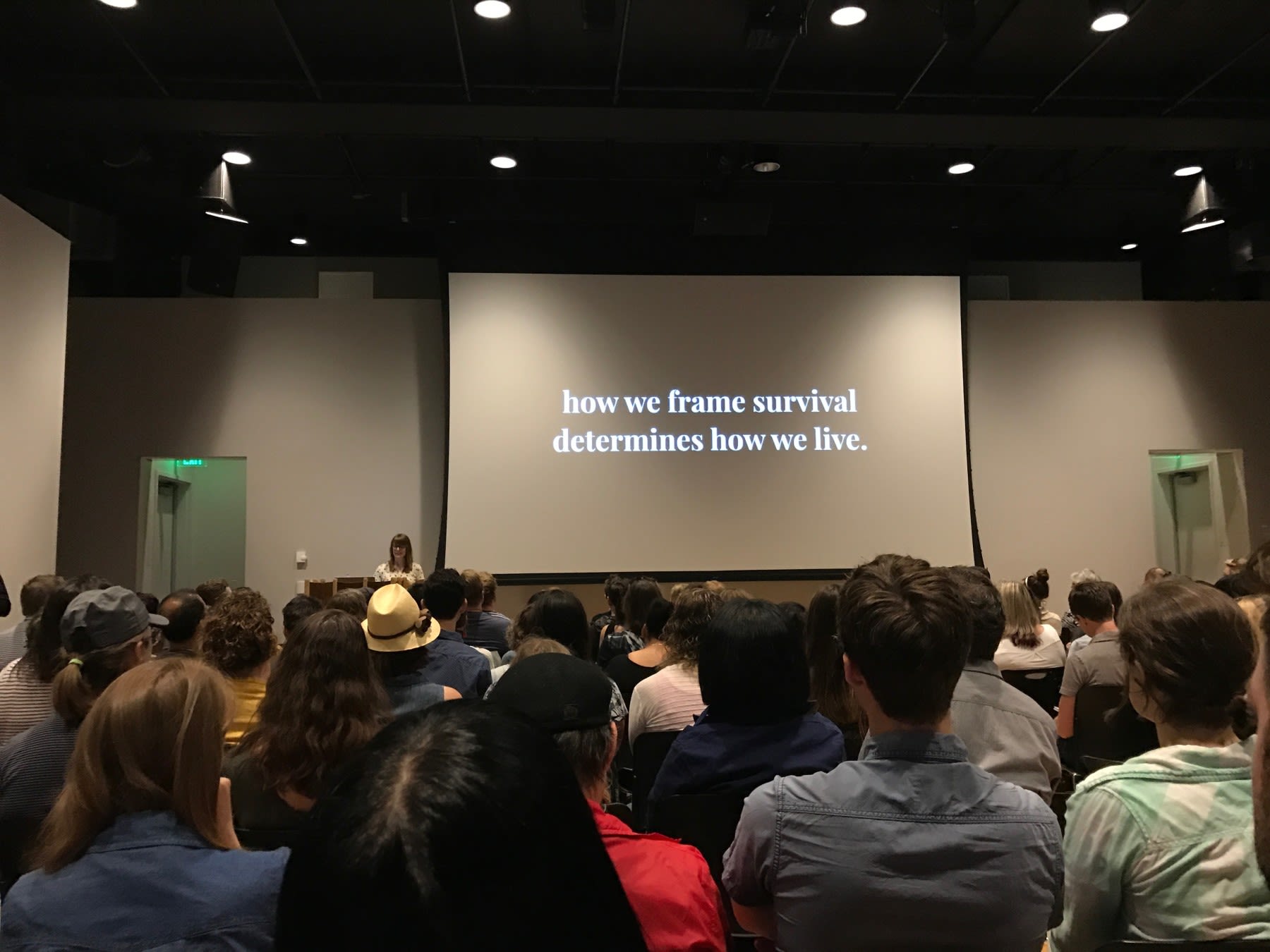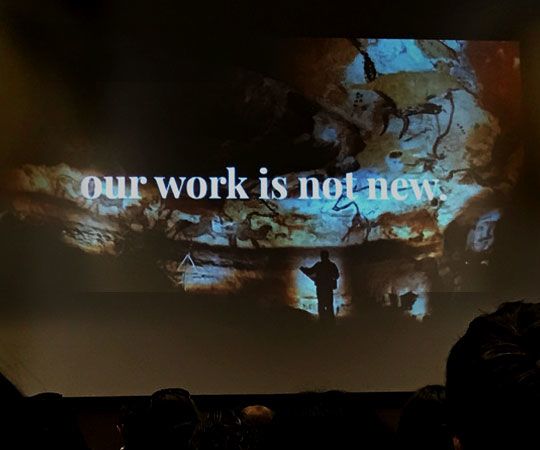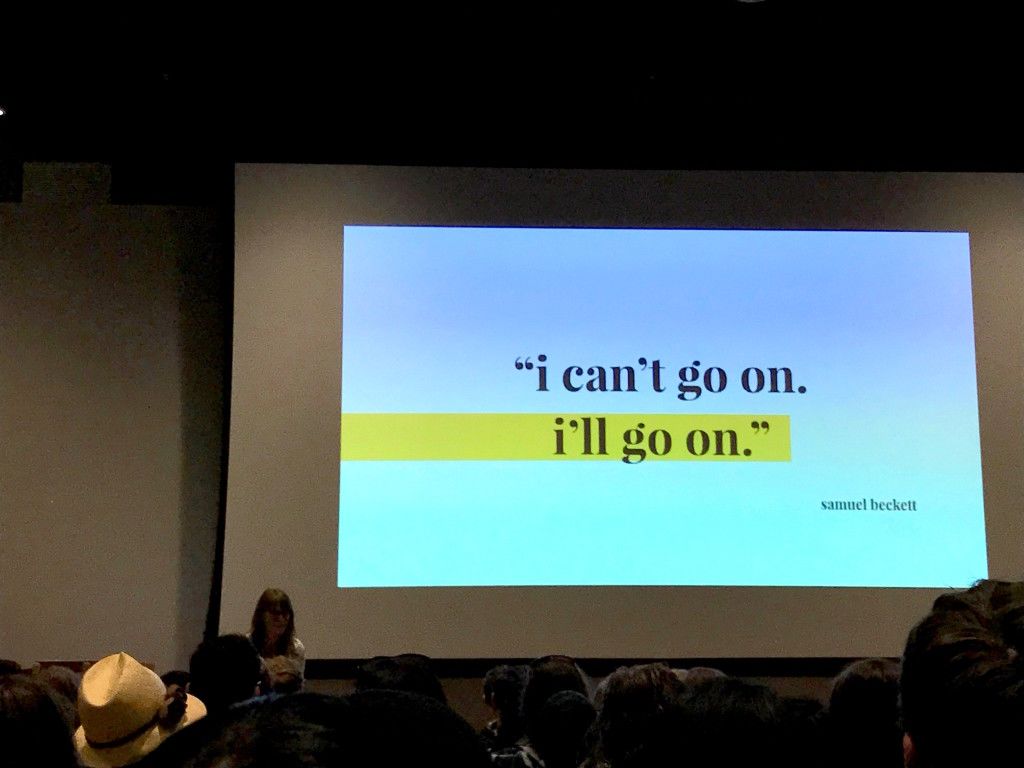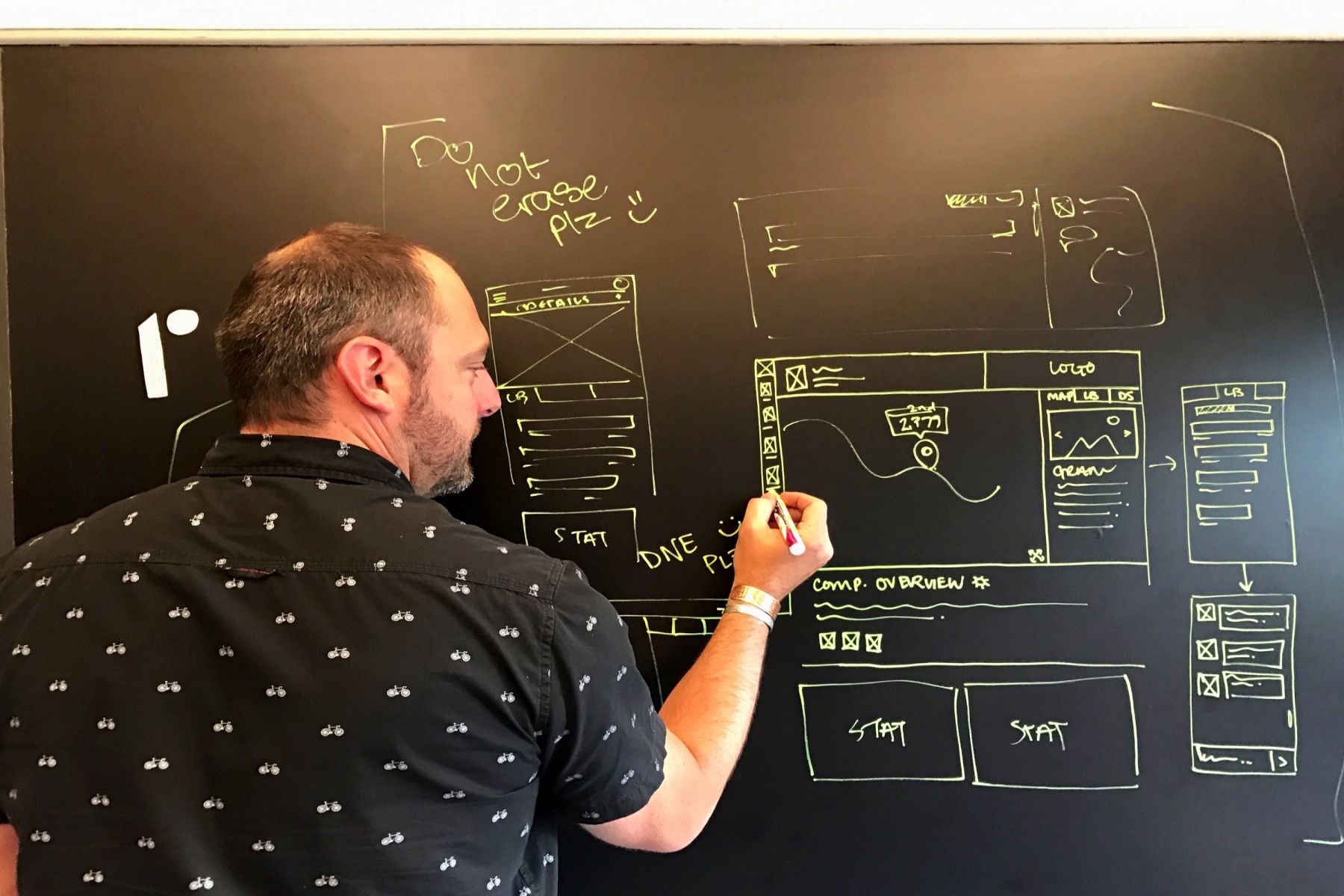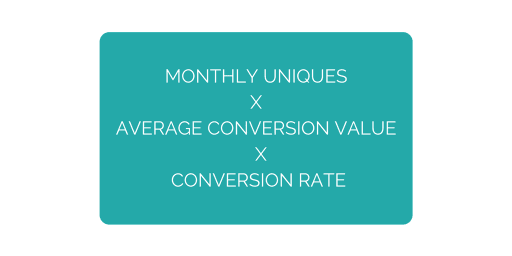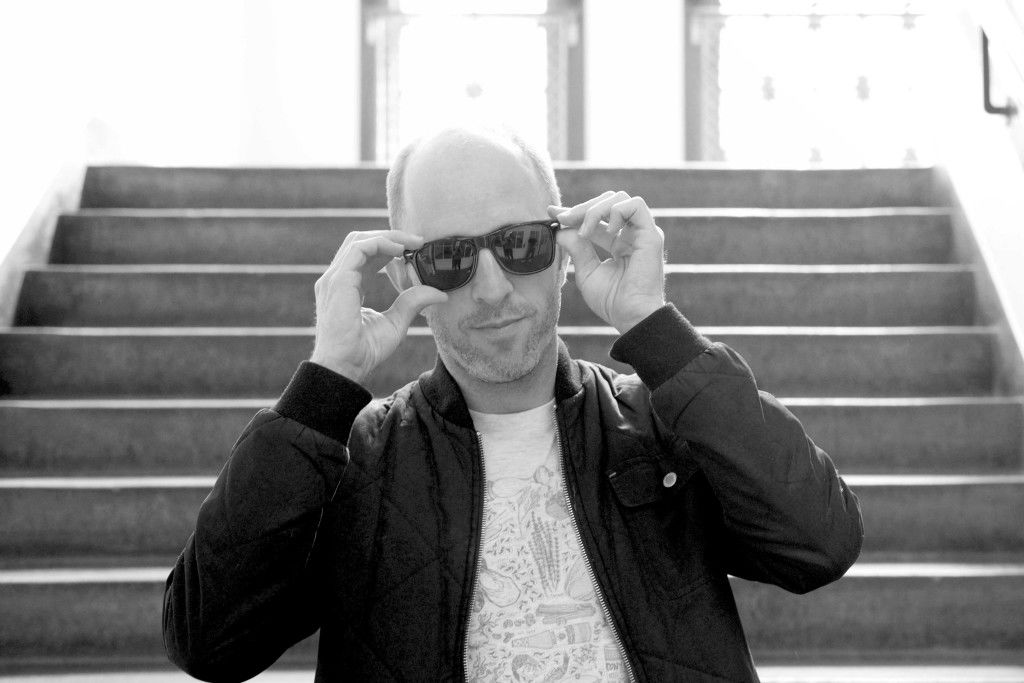When executed properly, website optimization has the potential to yield a strong return on your investment. Our clients engaged in ongoing A/B testing, personalization and/or data-backed design have seen as high as a 10x return on their investments in services and technologies, representing millions of dollars in additional revenue. That said, optimization is not for every organization. It requires dedicated resources, specialized skill sets and a cultural commitment to experimentation.
Considering optimization for your website? We’ve compiled some tips and tricks for getting started and evaluating whether or not optimization is right for you. If you’re serious about getting more from your website experience and digital marketing efforts, you’ve already taken the first step to recognizing the opportunity. Take the right steps and we’re confident it will pay off.
Do the math
There are some simple financial modeling techniques for determining your website’s optimization potential. For a quick analysis, jump into your analytics and look at your current conversion rate, average order size (or conversion value) and average monthly visits. Simply multiply these three data points to establish a baseline. Then calculate some hypothetical projections by incrementally increasing your conversion rate and project the result of those numbers over 6 to 12 months. While this model is rough, and does not take testing and implementation times into account, it’s a really good starting point to evaluate potential, and justify an investment in optimization technologies and services.
Let’s look at an example:
Take a relatively small e-commerce website with 135k unique sessions/month, an average order value of $75, and an e-commerce conversion rate of 1.2%.
First we run a baseline calculation:
135,000 Sessions x .012 Conversion Rate x $75/AOV = $121,500/month or $1,458,000 in annual projected sales
Now we run some projections.
Let’s see what an increase in conversion rate from 1.2% to 1.3% (approximately an 8.3% increase) does for our bottom line.
135,000 Sessions x .013 Conversion Rate x $75/AOV = $131,625 or $1,579,500 in annual potential sales. That’s a $121,500 in potential increase in revenue on a fairly conservative conversion rate lift of 8.3%.
Keep in mind, optimization can improve a number of other revenue boosting factors in addition to conversion rates. For example, what if you optimize your site to increase order size, promoting cross-sells and up-sell opportunities? You can run a similar model increasing the AOV from $75 to $76. In our example, that lift would represents an additional $21,060 in potential annual revenue for a conservative 1.3% increase in AOV (at the 1.3% projected conversion rate).
Be ready to take some calculated risks
A/B testing is a critical and really powerful tool for optimizing your website. However, running a successful A/B test campaign requires you to be open to experimentation, and a willingness to take some risks. The reason for this is simple. Not every A/B experiment you run is going to be a conversion-rate-boosting winner. In fact, the only guarantee with any A/B test is, regardless of how the test performs, you will always learn something valuable about your target audience’s needs and desires. And it’s those learnings that are critical to discovering the clear path to achieving your conversion goals.
You should know, and be ok with the fact that an A/B test might result in a temporary decrease in conversions. However, there are ways to mitigate that risk. Most A/B testing tools, like Optimizely and VWO, allow you to control which audience segment(s), and how many of your prospective customers see an experiment. So start small and test the waters before you dive in. Then ramp up the test if you’re seeing positive trends, or pause and regroup.
Regardless, it’s important to understand the impact an experiment might have on your business. If there’s little or no tolerance for ‘failure’, and no established culture supporting experimentation, you might not be ready for A/B testing.
Start small but commit to at least 6 months
Conversion rate optimization involves a process of testing and incrementally improving a digital experience over time, to achieve a desired result. It’s a fairly involved process that takes time, creative thinking and intraorganizational collaboration. Unfortunately, there’s no one-size-fits all, plug-n-play solution. However, there are certainly plenty of best practices and proven techniques and technologies to help you get started and to be successful. However, it’s critical to realize that every business is unique. Therefore, so are its customer’s needs, and what each individual customer feels is an optimal experience. So, getting started can be a daunting proposition. Our advice is to start small and simple. Work on your technique with easier experiments, get some quick wins and begin to prove out the ROI. Determine which techniques and tools are best for your organization. Commit to the process and plan for at least six months of experimentation and iteration. You’ll be happy you did.
Keep your eyes on the data
Behavioral analytics are the foundation of any successful optimization program. An amazing story of what your users like and don’t like about your website, is told in analytics as users ‘vote’ with their actions. Unfortunately, these stories often get lost in all that data. A good analyst can quickly sort through the data pile to interpret those stories, paraphrase them for you, and provide actionable optimization strategies and recommendations. Invest in good analytics tools, and consult with analytics experts to make sure your analytics are properly implemented to capture all the micro and macro conversion points on your website. Investing in analytics is an excellent place to prioritize resources as it is the backbone of any successful optimization program.
Map the conversion paths and customer journey
Identifying optimization opportunities on your website is not always easy. Marketers are often too close to their own site designs, and sometimes reluctant to expand their view of their customer segments and their specific needs. We recommend starting the ideation and evaluation phase by first outlining your ‘happy path’ customer journey, and comparing that to your current experience. You’ll undoubtedly map multiple touch points across a variety of mediums. Consider not only how to best get your customers from A to Z, but also from A to B and E to F. These ‘micro-conversion’ points are just as critical as the big sale, and when optimized can have a significant impact on the macro conversion events. It’s important to discuss each of the consideration points in the customer journey and critically evaluate the context your customers have about your brand at that point, the questions they are looking to answer, and what the potential roadblocks or detractors are. Also, don’t be afraid to talk to your customers to get their opinion. Focus groups and user testing, even with a small sample set, can be extremely helpful and reveal opportunities for improvement.
Gather your tools and line-up your resources
We encourage all our prospective clients to carefully evaluate the amount of resources and time it takes to run a successful optimization program. We frequently talk to clients who invest in a testing technology and end up struggling to get traction due to a lack of dedicated resources, and/or access to the necessary skill sets (i.e. analytics, UX design, test development, and/or strategy). Organizations who depend on continually driving online sales and conversions, know this and often have multi-discipline teams dedicated entirely to A/B testing and personalization. Others outsource these services to augment their team. Unfortunately, there is no single ‘plug it in and get instant results’ solution. Optimization takes time, dedication, skilled resources, creativity, solid UX design, skilled engineering, and a commitment to experimentation. Commit and it will be well worth your efforts. So roll-up your sleeves, get your organization behind it, and start reaping the benefits.
If you want to kick your optimization into gear but need some help, we’ve got your back. Try completing our 5 in 30 Optimization Opportunity Audit! We’ll unleash our top optimization strategists on your digital experience and present our top five actionable findings and creative optimization ideas in 30 minutes or less.
Now, go forth and optimize!
Written by John Gentle
